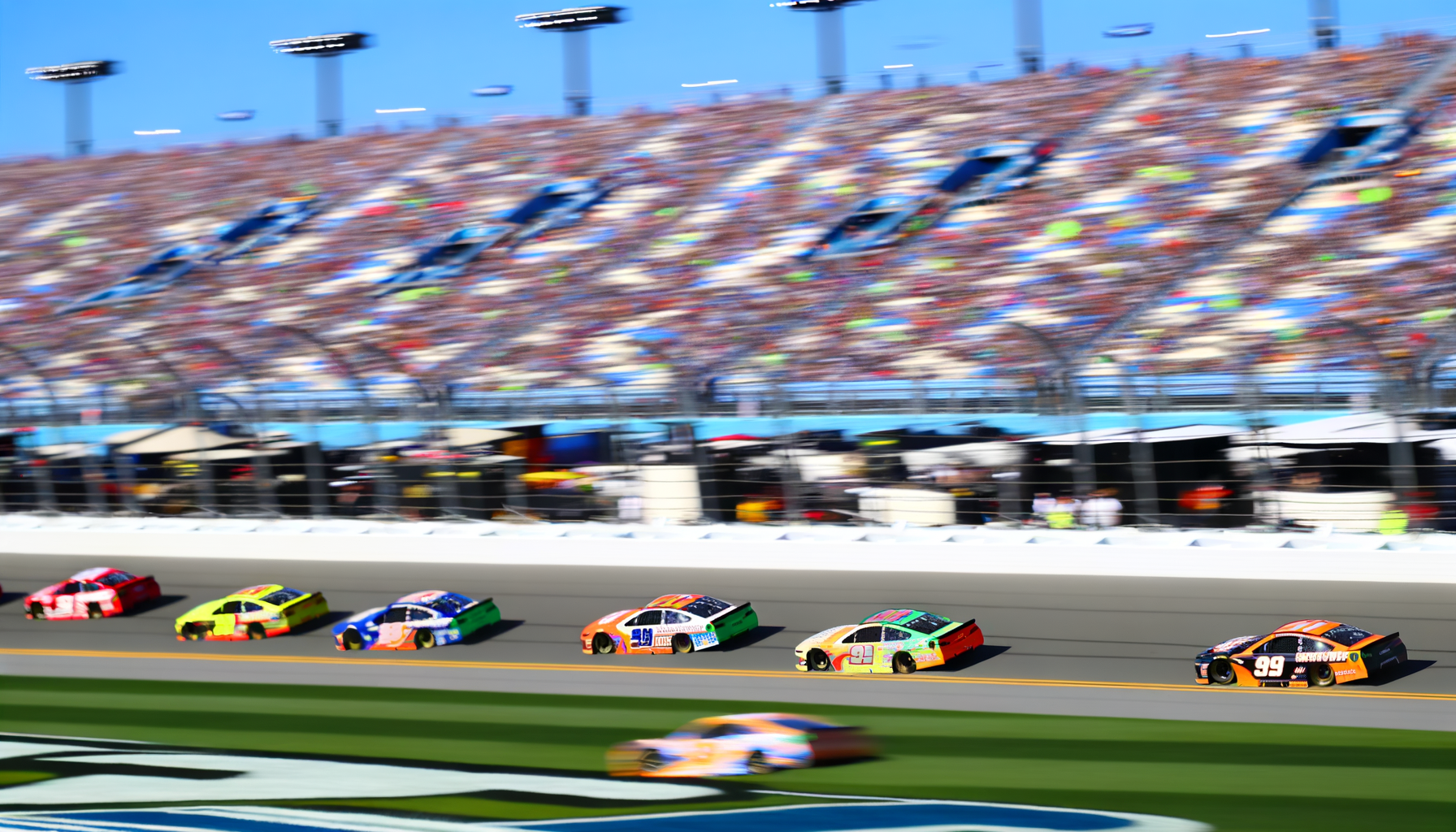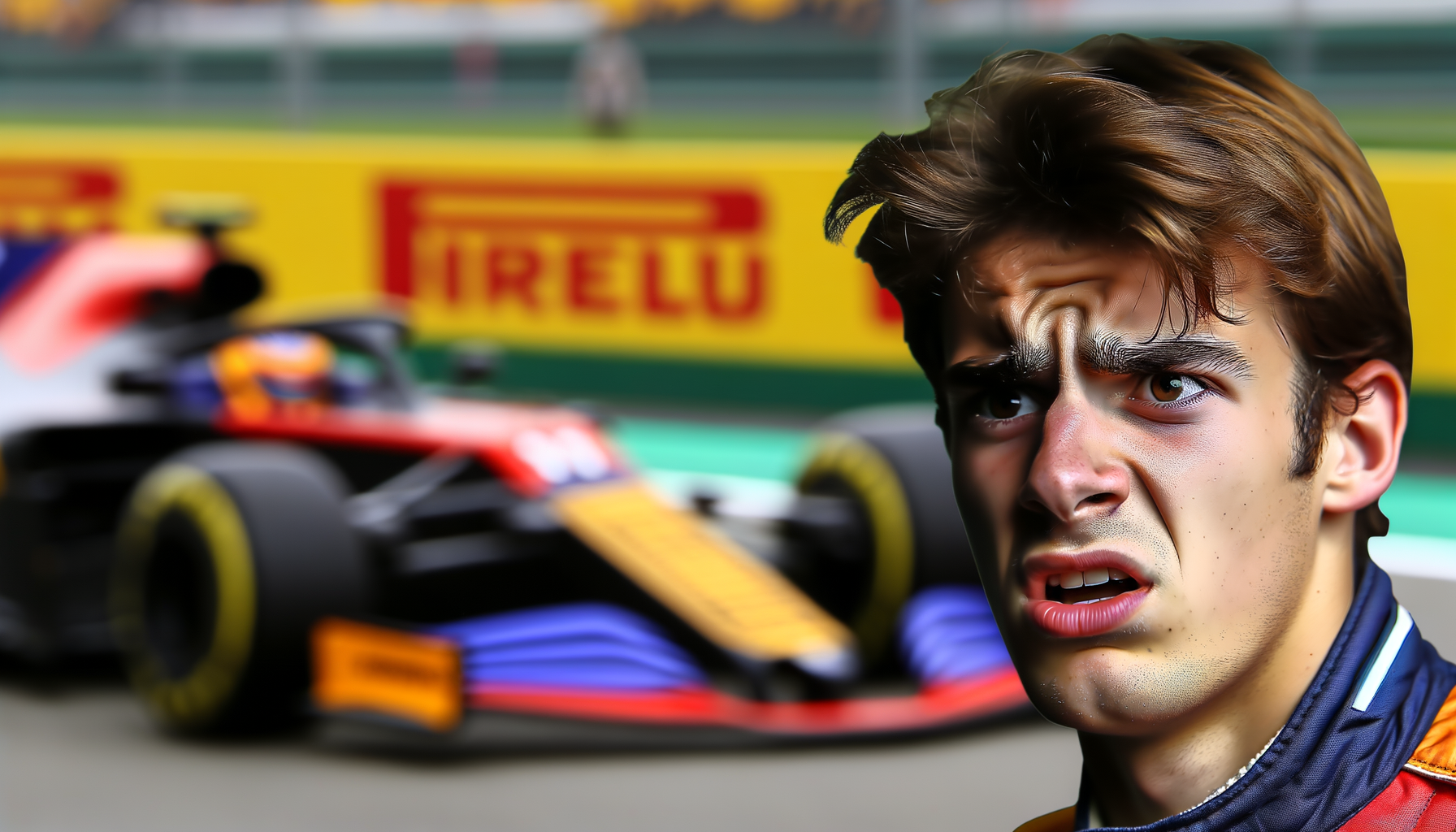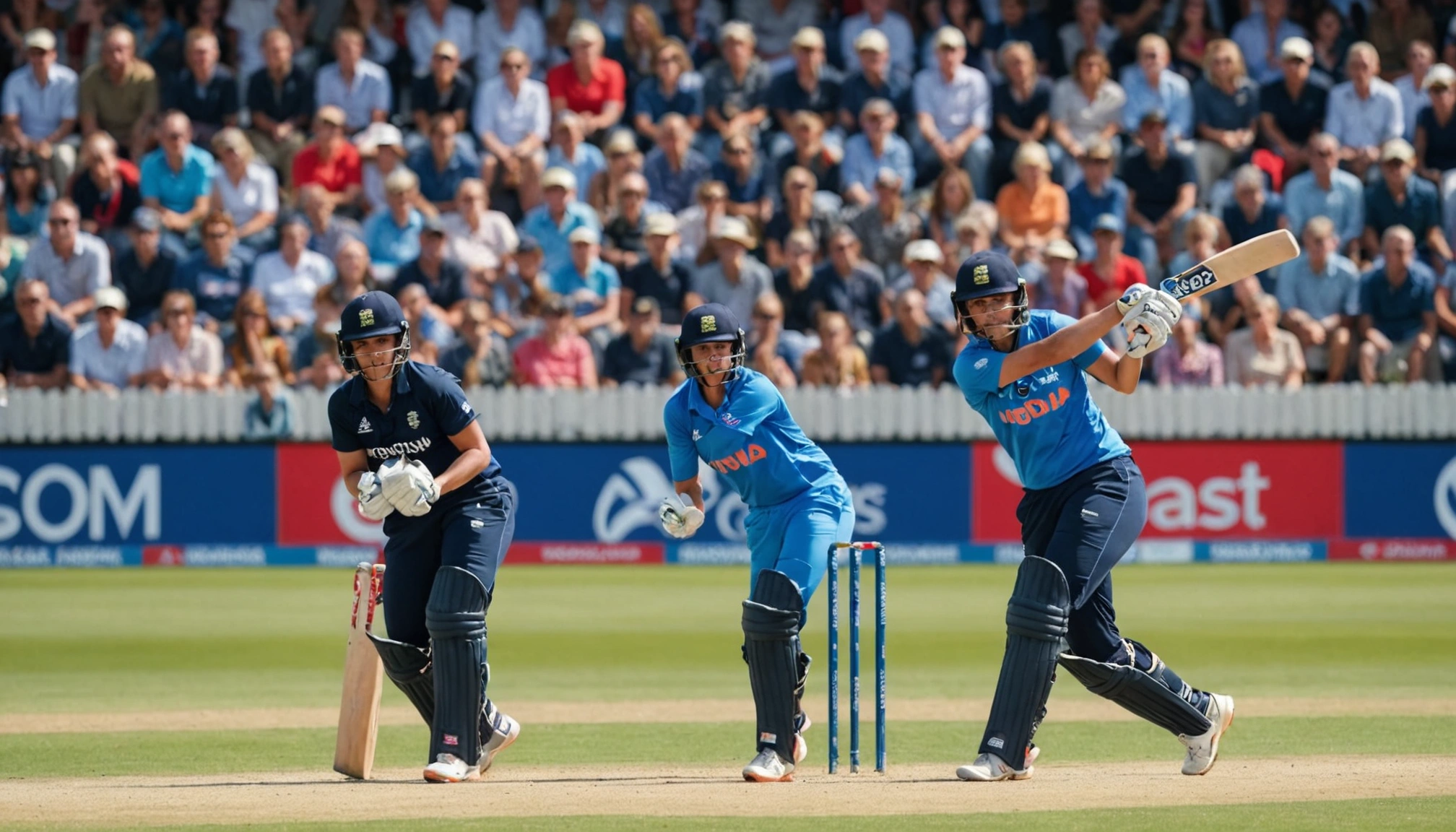NASCAR To Boost Horsepower For Select 2026 Cup Races
NASCAR announces horsepower increase for select 2026 Cup races, aiming to enhance competition and excitement. Discover what this means for fans and teams.

By Editorial
NASCAR announces horsepower increase for select 2026 Cup races
NASCAR has confirmed a significant change for the 2026 Cup Series calendar, introducing a horsepower increase for selected races. This decision marks a strategic effort to boost competitiveness and fan engagement by enhancing the raw speed and thrill on the track. But what exactly does this power boost entail, and how will it impact teams, drivers, and race outcomes? Let’s explore the details behind this move and its wider implications on the sport.
Understanding the horsepower increase and its purpose
The 2026 Cup Series will see select races run with an elevated horsepower output, a step up from the current standard. The adjustment aims to make racing more dynamic, with higher speeds and more overtaking opportunities. NASCAR’s technical team has been meticulous in balancing performance gains with safety considerations, ensuring that the increased power does not compromise driver welfare or race integrity.
Historically, NASCAR has experimented with varying engine outputs and aero packages to maintain excitement and parity among teams. This latest horsepower increase follows that tradition, intending to rejuvenate the sport’s appeal amid growing competition from other motorsport disciplines and entertainment avenues.
Which races will feature the horsepower boost?
Not all Cup Series races will benefit from this change. NASCAR has earmarked specific high-profile events where the increased horsepower will be implemented. These include iconic venues such as Daytona International Speedway and Talladega Superspeedway, which are renowned for their high-speed, pack-racing style. By focusing on these tracks, NASCAR expects to amplify the spectacle, encouraging closer finishes and heightened drama.
This selective approach allows teams to prepare specifically for the power changes in certain events without overhauling setups for the entire season. It also permits NASCAR to monitor the effects and gather data before considering broader implementation.
Implications for teams and drivers
The horsepower increase presents both challenges and opportunities for teams. Engineering squads will need to fine-tune engines and aerodynamics to harness the extra power efficiently. Drivers, too, must adapt their strategies and driving styles to cope with faster speeds and potentially different tyre wear patterns.
For instance, teams with strong engine development capabilities may gain a competitive edge, while others will need to innovate to keep pace. These technical battles often elevate the sport’s quality and unpredictability, much like the intense competition seen in Formula 1, where Max Verstappen secured his first 2025 win at the Japanese Grand Prix by mastering technical tweaks.
The fan experience and broadcast appeal
For fans, higher horsepower translates into more exhilarating races. Increased speeds and more overtakes can lead to unpredictable outcomes and thrilling finishes, which are key to sustaining and growing NASCAR’s audience. Broadcasters will also benefit from the added drama, creating compelling content that keeps viewers hooked.
This move aligns with broader trends in sports where enhancing spectacle and engagement is vital. Fans today have ample entertainment choices, so innovations that heighten excitement are essential.
Comparisons to other motorsport horsepower changes
NASCAR’s horsepower increase is reminiscent of similar shifts in other motorsports. In MotoGP, for example, Alex Marquez ended a family winning streak at Catalonia by adapting to bike upgrades, showcasing how performance changes can shake up competitive hierarchies.
Meanwhile, Formula 1 continually evolves engine regulations to balance power and sustainability, as seen in Max Verstappen’s technical prowess last season. NASCAR’s approach reflects a commitment to maintaining relevance and competitiveness in a crowded sports market.
Preparing for the 2026 season: what fans should watch
As the 2026 season approaches, fans should keep an eye on how teams adapt to the horsepower changes during pre-season testing and early races. The selective race approach means that some weekends will showcase markedly different racing dynamics, offering unique viewing experiences.
Additionally, the impact on race strategies, pit stops, and tyre management will be fascinating to monitor. Teams that master these elements can capitalise on the power boost, potentially reshaping championship battles.
Learn more about motorsport developments on SportsScoop
For those interested in broader sports topics, SportsScoop regularly covers a range of stories from football transfers to golf triumphs. For example, you might enjoy our insights on latest football gossip transfers targets and contract updates or read about Max Verstappen’s 2025 F1 success, which highlight how technical and tactical changes shape elite sports.
As NASCAR evolves, stay tuned to SportsScoop for expert analysis and updates.
Conclusion: a new era of speed and excitement in NASCAR
NASCAR’s decision to increase horsepower for select 2026 Cup races signals an exciting chapter for the sport. By carefully balancing performance gains with safety and competition, the series aims to captivate fans old and new. The move will challenge teams and drivers to innovate, promising thrilling races and tighter battles on some of America’s most famous tracks.
Whether you’re a motorsport enthusiast or a casual fan, the upcoming changes will be well worth watching as NASCAR accelerates into a faster, more dynamic future.
Related topics
Editorial
Sports expert at SportsScoop
Specialist in sports analysis and journalism
Related articles
Want to read more?
Explore our comprehensive collection of sports articles and analysis, or contact us for more information.



